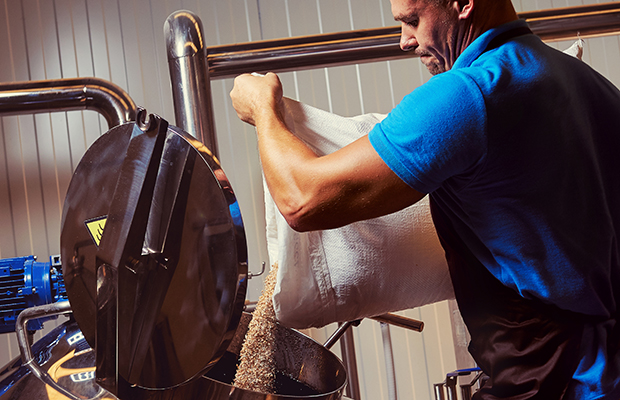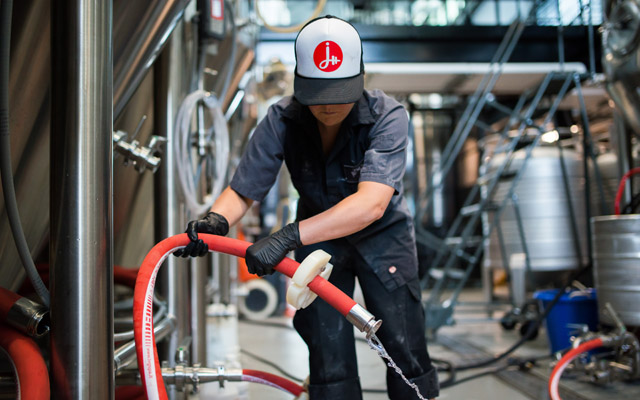
For the time being, local malt sometimes can’t find its way to get its foot in the door when it comes to securing contracts or repeat and bulk sales of its products with craft breweries. Many times you see collabs where a one-off beer is created and relationships are built, but the question still remains on if smaller malt houses across the country can build and thrive past being suppliers of smaller breweries that can rely solely on a local maltsters volume.
Pricing can be important in these judgments, but it’s not like malt houses are raking in profits. It’s been a tough economy as well for places like Mainstem Malt.
“Craft maltsters are in the unenviable position between commodity grain markets and COVID-stressed brewers and distillers,” said Phil Neumann, the co-founder of the Walla Walla, Washington facility. “Most of us are contracting from a small number of family farms, and the increased pricing they can get for barley and wheat on the commodity market puts pressure on us.
“As craft producers, we also still have to charge a premium to stay in business. So we’re hoping that as brewers consider their management response to elevated ingredient costs for things like malt, that they also try to work with their craft maltsters to keep this budding part of our industry growing through all of the supply chain disruptions. Cutting costs is one thing, but there’s an opportunity to work with your craft maltsters to increase value.”
So what matters for some breweries if not cost? For Wolf’s Ridge Lead Brewer Chris Davison, flavor and variety trump cost-effectiveness.
“Our main group of base malts are already partially selected based on price,” he noted, adding they haven’t sought out alternative sources yet.
“I’m aware of some bulk suppliers that could cut our costs, but our brewery is small and we’re more concerned with flavor and variety than the lowest possible cost.”
READ MORE: Malt Q&A Notebook: Using six-row for production
The next step for the Columbus, Ohio brewery that made around 4,000 barrels in 2020 is to get a grain silo online rather than looking at switching grain suppliers.
“Unfortunately, this all leaves local malt in the lurch,” he admits. “We have bought malt from several smaller and in-state maltsters over the years but their pricing, at best, is slightly higher than most other domestic and imported malt, and at worst is double the price of the alternatives.
“I don’t foresee increasing our usage of local malt in the short term for these reasons.”
Kether Scharff-Gray, the COO for Mainstem, told Brewer that they always are aiming for long-term and stable relationships with companies as a supplier and building mutual trust.
“We’re all taking risks: growers are making decisions based on ecological and social conservation in addition to their yields,” Scharff-Gray said. “Mainstem is gambling with them that the long-term benefit of these decisions will yield the long-term viability of business, rivers, and community, in no particular order. We see this as the time to double down on our relationships because this is only one of many challenges we face into the future.”
Although they have yet to raise prices during the pandemic, from Mainstem’s perspective, Neumann said they absolutely have to find ways to simplify and economize the malt they sell.
“Our malt is much more affordable than it’s ever been and it’s namely due to collaboration with other craft maltsters,” he said. “Teaming up on grain supply and also malting capacity. But folks also need to understand there are tradeoffs. No craft maltster is cutting a fat hog in this market, and most of us are trying to do big things in malt with brewers’ and distillers’ hard-earned money, so tightening up the belt really means less ability to innovate and make progress in sustainability.”
Photo courtesy Blichmann




Be the first to comment